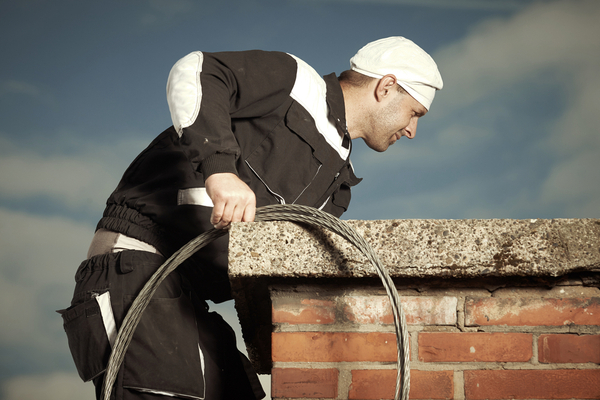Extreme winter weather can leave neighborhoods and communities without power or other public services for long periods of time, the U.S. Department of Homeland Security warns.
It’s a smart idea to prepare your home for such winter weather emergencies as well as cold weather throughout the season that can cause minor issues to evolve into larger problems – with potential damage to your property or risk of personal injury.
Whether it’s for your primary residence or a second home you plan to leave vacant until spring, one of the first steps you need to take when winterizing your home is to Have Your Heating System Serviced and Prepare Your Plumbing.
Call a Chimney Sweep
Whether you have a wood-burning or gas fireplace, make an appointment for your chimney to be inspected annually to see if cleaning or repairs are necessary, according to the Chimney Safety Institute of America. In wood-burning fireplaces, a professional will clean out creosote buildup, which comes from burning wood and can cause a fire hazard inside the chimney if it’s not cleaned. In any fireplace, it’s important to clear animal nests that might be blocking the chimney and to check for issues in the masonry.
A blocked chimney “can also cause carbon monoxide to back up into the house, which can obviously be life-threatening to anyone in the house,” warns Mike Gulla, senior director of underwriting and customer support for Hippo Insurance, based in Palo Alto, California.
If the house is vacant: Be sure to close the chimney flue as well as any hearth doors. That way you’ll keep cold drafts from making your furnace work harder and prevent animals from entering through the chimney and getting into other parts of the house.
—
Photo Credit: Couperfield / Shutterstock.com
